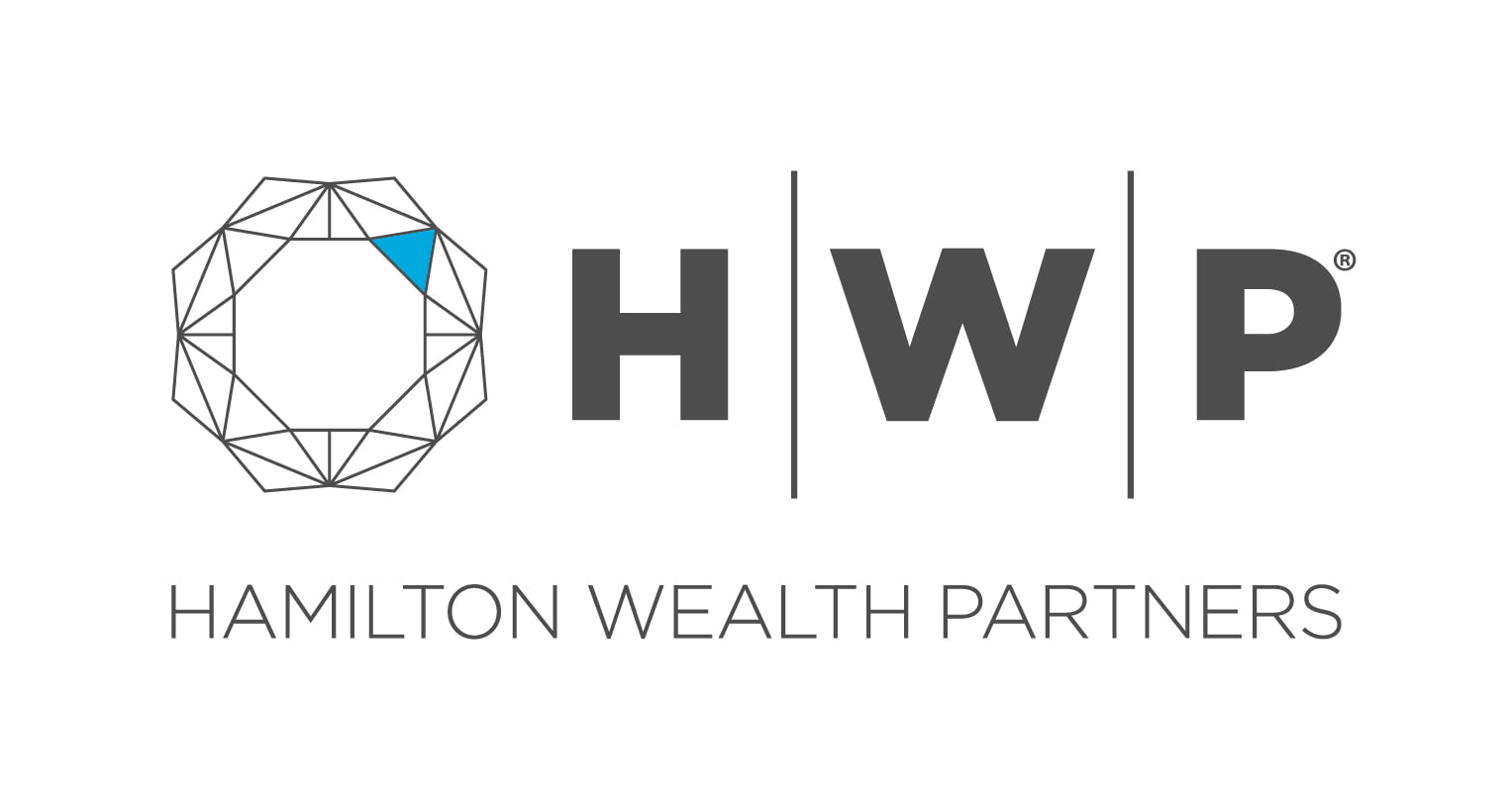Last month the national accounts for Australia were released, showing a GDP increase well above expectations at 0.7 per cent for the three months to June 30 and 9.6 per cent for the year, the largest increase in our history.
Many commentators are concentrating on the present quarter to September 30, with forecasts of a GDP contraction of between -2.00 per cent to -4.5 per cent, due to the ongoing lockdowns in New South Wales and Victoria. These lockdowns are costing our economy an estimated $3.0 billion a week, not just in lost activity but also via increased government support payments.
If NSW opens as expected on the 11th of October and Victoria opens in November, we will narrowly avoid the bear case of a double dip Delta recession.
Globally there is concern about a resurgent virus and its effects on economic growth. At the same time, we have seen global PMIs or purchasing manager index’s come in below expectations and US consumer sentiment seems to have peaked.
Growth in China continues to slow and concerns about the possible collapse of its largest property development company – Evergrande – are weighing on sentiment.
Despite these concerns, equity markets remain well supported, notwithstanding the modest pullback late in the quarter.
Why?
The phrase “there is no alternative” or “TINA” has been used a lot. To investigate this in greater depth, the Equity Risk Premium or excess return of equities over the risk-free rate or 10-year bond in Australia is just under 7 per cent, with a dividend yield less the bond rate of just under 2 per cent (before franking). These numbers are historically in line and illustrate why the equity market is seen as a destination for yield.
These figures are not elevated in the US either, with an Equity Risk Premium of approximately 5.5 per cent and a dividend yield less the bond rate of 0 per cent. The US is a low paying dividend market but approximately 65 per cent of the constituents of the S&P500 still offer a dividend yield in excess of the US 10 Year Treasury Bond.
Market representation and composition – In Australia we have an index where Financials and Materials are overrepresented and Technology is underrepresented, just to name three sectors. The ASX200 simply does not represent the economy. Furthermore, many companies including CSL, Macquarie Bank, ARB, James Hardie and Mainfreight just to name a few have a large portion of their income derived internationally. In other words, they are more than domestic companies.
The companies listed on the ASX 200 are therefore not representative of the domestic economy in composition and in where they derive their earnings.
Markets also look forward and whilst the current lockdowns will create negative economic growth in this quarter, the economy will bounce strongly once it is re-opened, much like a rubber band having been let go.
In the US, inflation adjusted 10-year Treasury yields are now at -3 per cent. This is implying that both lower growth and more systemic inflation are being discounted by those looking forward.
Whilst the pandemic is a negative in our life and is having significant negative economic effects, this is not representative of an equity market that goes beyond our shores, with a composition that is not representative of our economy and a yield that will underpin this market in the medium term.
EQUITIES.
The end of quarter equity market volatility commenced without major headlines, with some sources linking this to the lack of available future positive catalysts. Debt stricken Chinese developer Evergrande, US debt ceiling concerns and renewed worries around the Delta strain slowing economic recoveries then led to a sharp selloff and subsequent rebound for global equity markets in late September.
Commodity price volatility added to concerns with Iron Ore prices falling over 50% during the quarter before an end of quarter rally. We expect this type of volatility to continue and equity market performance to vary on a regional basis. This type of volatility is normal, remembering that in any average year, US equity markets experience a pullback of nearly 14%. After 11 positive months for the Australian equity market to the end of August, we can expect a higher level of volatility to continue moving forward.
Chinese growth continued to lose momentum over the quarter, and this fed through to domestic equity indicators and this led us to downgrade our Australian Equities weighting from moderately overweight to neutral. We moved our Developed Market Equities weighting, outside of the US, from neutral to slightly overweight during the quarter to reflect the relative attractiveness of developed market equities outside of the US. This slight overweight position reflects our only positive remaining listed equity overweight heading into quarter four, after pulling most positions back to neutral over the past year.
PROPERTY.
Declining bond yields during quarter three provided support for listed REITs, as yield starved investors were drawn towards the relative attractiveness of the yield REITs offer over bonds. Price to Book ratios are now higher than pre-COVID-19 levels and valuation signals are firmly negative, although positive macroeconomic and policy conditions continue to support the sector, with the RBA signalling their intention to keep rates unchanged at 0.1% until 2024. We continue to hold our neutral tactical position towards REITs as we enter quarter four.
Unlisted healthcare property has continued to outperform with capitalisation rates firming further during quarter three – leading to strong capital gains for investors. Institutional recognition of the resilience shown by healthcare during turbulent markets has seen a flood of capital enter the space, positioning this sub-asset class as a standalone core allocation for groups looking to re-allocate away from large legacy positions in retail and office.
Low commercial transactions volumes and tight valuations within industrial sectors has limited the number of appropriate deals for assessment during quarter three, although HWP will continue to prudently evaluate unlisted property transactions as market dynamics evolve.

FIXED INCOME/CASH.
Ten-year Treasury Bond yields in both the US and Australia ended the quarter at the same levels as they started it – around 1.43 per cent in Australia and 1.48 per cent in the US – but that fact hides a quite volatile quarter and a notable shift in sentiment and outlook for the sector. The US Federal Reserve delivered a hawkish statement last week, suggesting that tapering of its bond purchase program will begin in November. It also adjusted its forward “dot plots”, which outline the likely future course of monetary policy, which suggested that the first increase in official interest rates in the US could occur as soon as late next year. Central bank statements in the UK and Europe were also quite hawkish. Our own RBA was however more sanguine, sticking to its timeline of an official interest rate rise no earlier than 2024.
Major central banks are also quite relaxed about the inflation outlook, happy to see inflation overshoot on the upside, on the basis that any higher-than-expected numbers are likely to be transitory. Recent inflation data has also been a little softer than expected. The market is less relaxed, however, concerned about supply bottlenecks and the impact they are having in the real economy, together with rising energy prices such as gas.
It remains to be seen who is right but the risks favour maintaining our underweight to Fixed Income, in both duration and overall asset allocation.
ALTERNATIVE ASSETS.
We witnessed strong gains in Private Equity investments during quarter three, led by early-stage technology names from domestic and offshore managers. Other alternative private assets in areas such as infrastructure saw support as investors appear to be rebalancing from listed into unlisted markets to take advantage of relatively cheaper valuations and steady income streams. We are continuing to focus on sequencing risk for investors to ensure appropriate weightings towards unlisted alternative assets, with diversified maturity timelines.
One area of concern is the number of new Private Equity offerings we are being shown, and we are not impressed with some of the fees they are asking investors to pay.
SUMMARY.
While we expect monetary and fiscal conditions to remain favourable for risk assets for the next six to twelve months, the best part of the post-COVID rally is behind us and we have slightly reduced our overweight to risk assets, in particular to Australian Equities.
Growth is rebounding strongly in the Northern Hemisphere as it comes out of lockdown, and it will do the same in Australia. This bodes well for risk assets, but volatility may increase in response to central bank comments and inflation data. Bond market moves late in the quarter are telling us that some caution is warranted.


Login to …